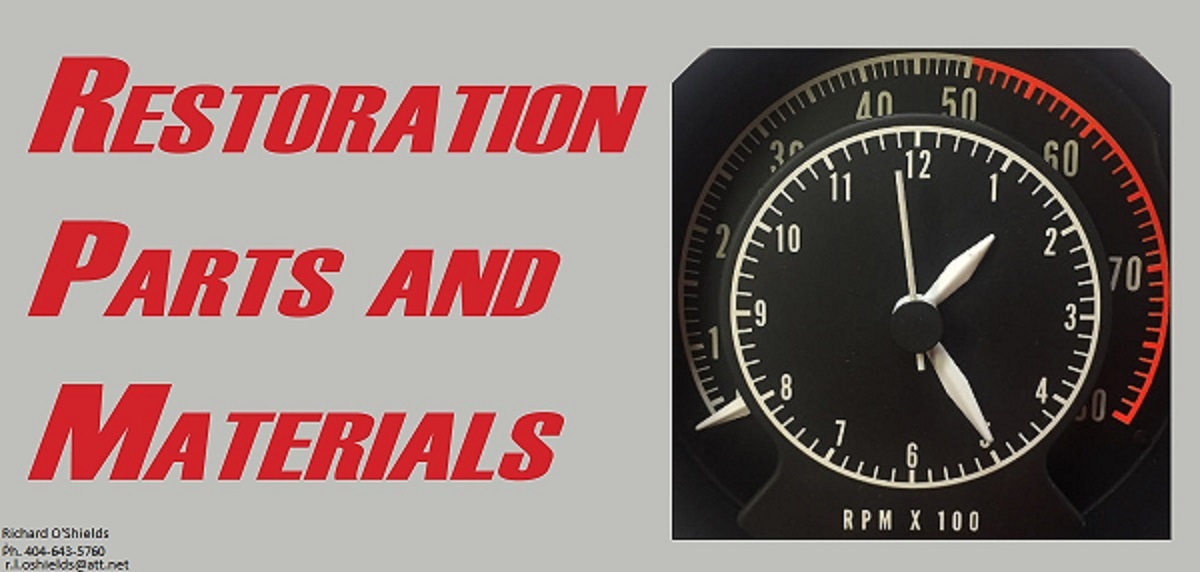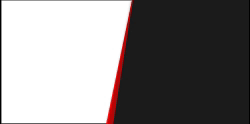Vaanth
Active Member
I am replacing the wiper linkage bushings on my 1979 Newport.
R-bodies, such as my Newport, have hidden wipers with the linkage in the cowl like E-bodies, 1971-later B-bodies,
C-bodies, etc. One bushing had broken, but the others were not far behind. All were replaced with Chrysler 3799089 bushings:
View attachment 705795
The polyurethane bushings, or retainers, appeared on the 1973 A-body and B-body models, then spread throughout most product lines in subsequent years, continuing through the 1990s on some models.
I replaced the original bushings in the 90s on this Newport, and the Chrysler 3799089 that I used back then were just now replaced. So, on this car, I'm getting about 22 years and 150000 miles per set.
On the 78-later B-bodies and R-bodies, the assembly that connects the linkage to the wiper motor changed from a metal retainer attachment to a large molded polyurethane snap-in assembly. This also broke after 44 years. No longer available from Chrysler, but reproductions are available. I have adapted the earlier style from a 1976 Fury to use instead.
Linkage with new bushings ready to install:
View attachment 705793
The Newport bushing install is complete. Now I am doing the same to my Fury:
As removed:
Linkage refurbished, pivots lubricated and new bushings installed:

















